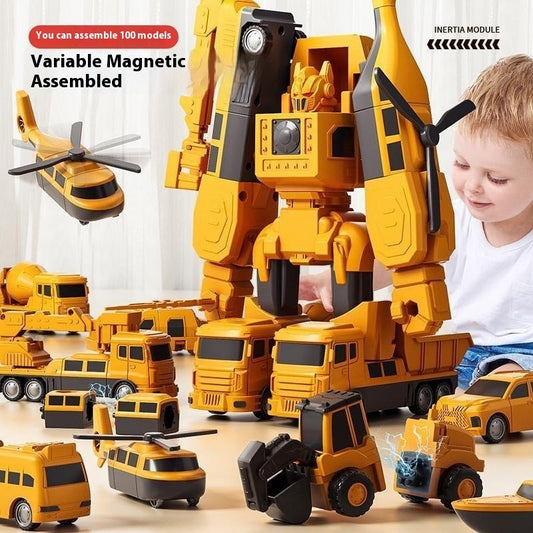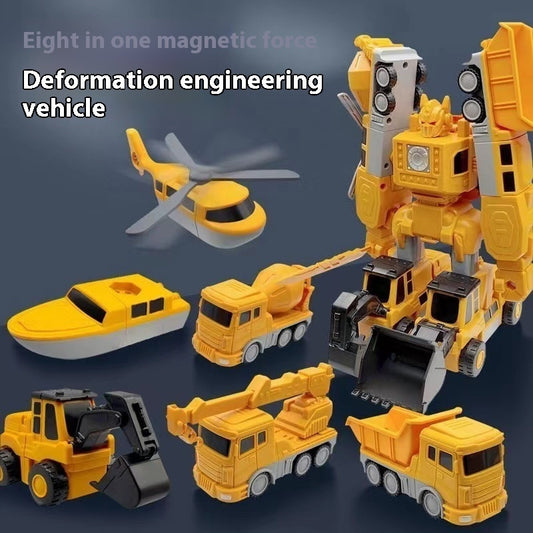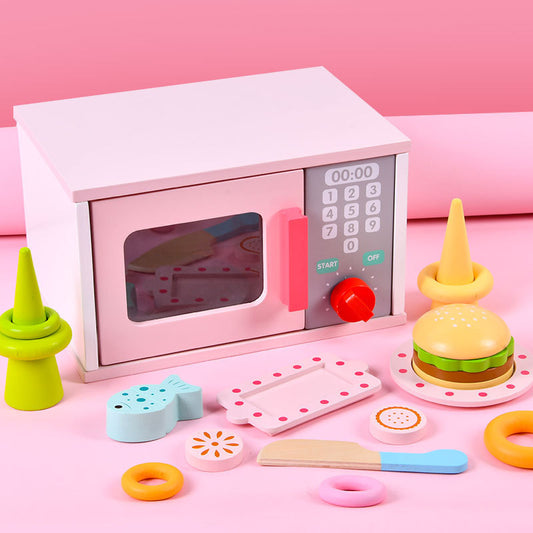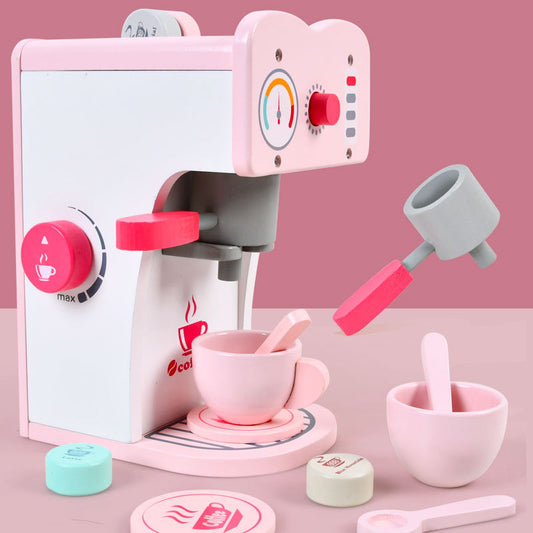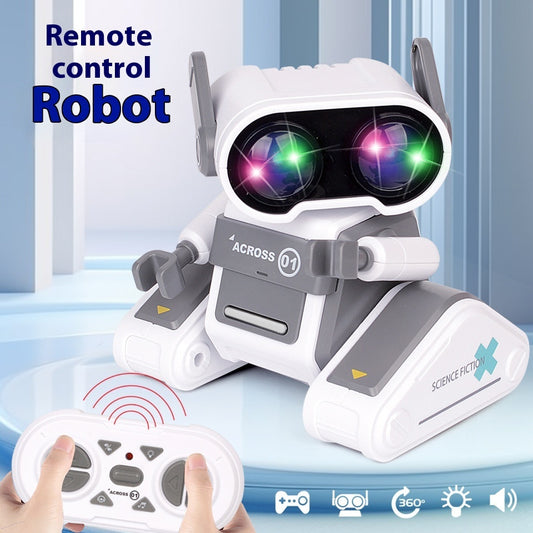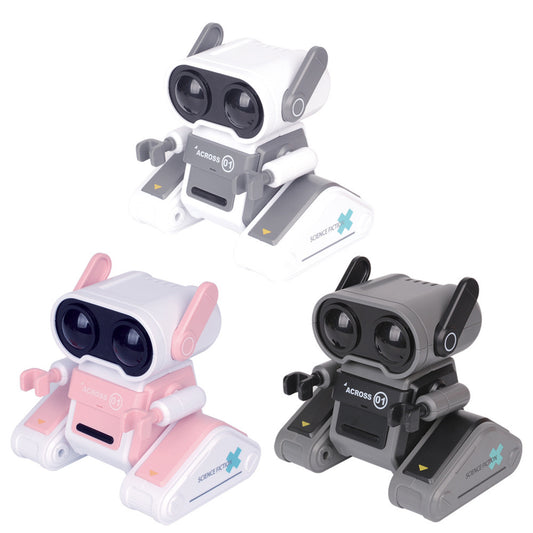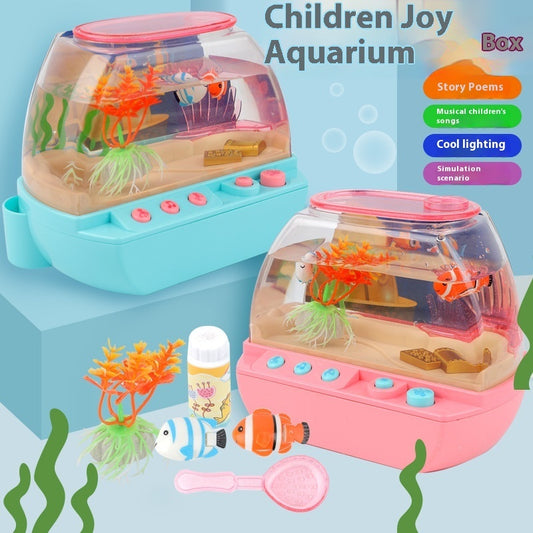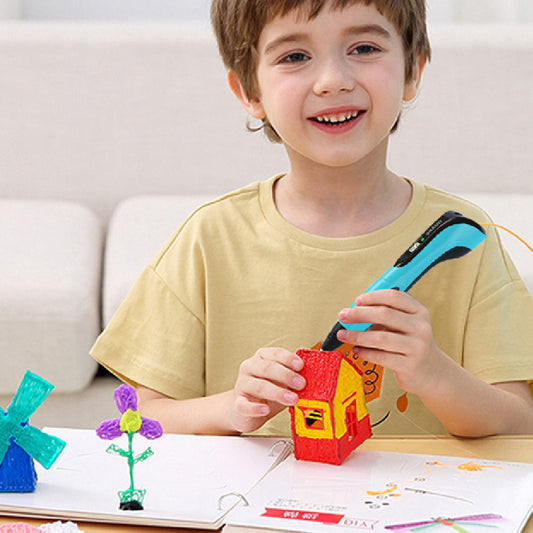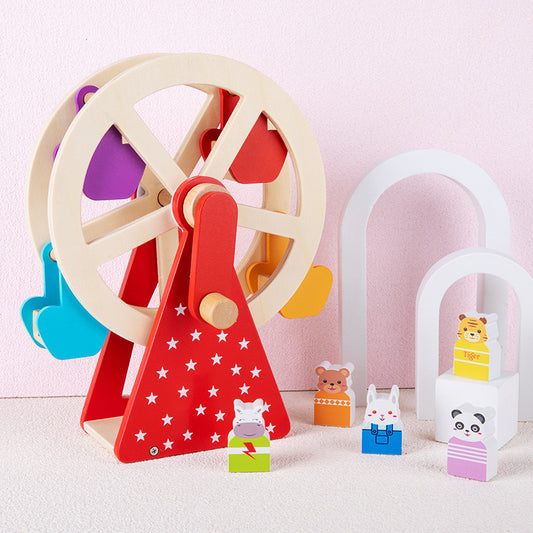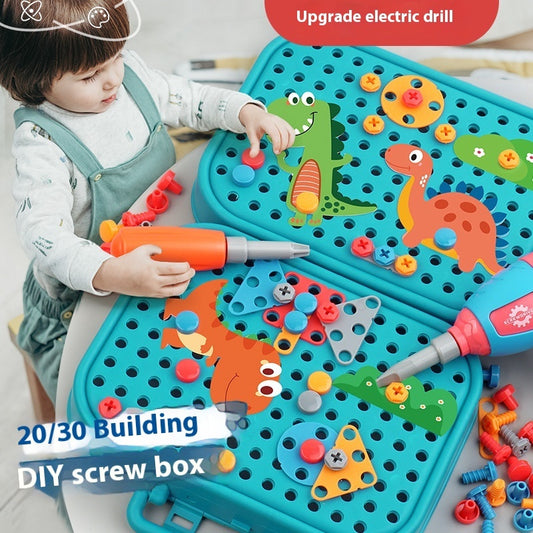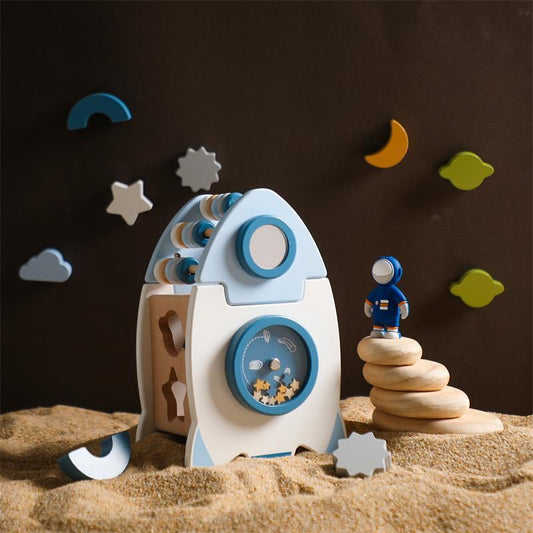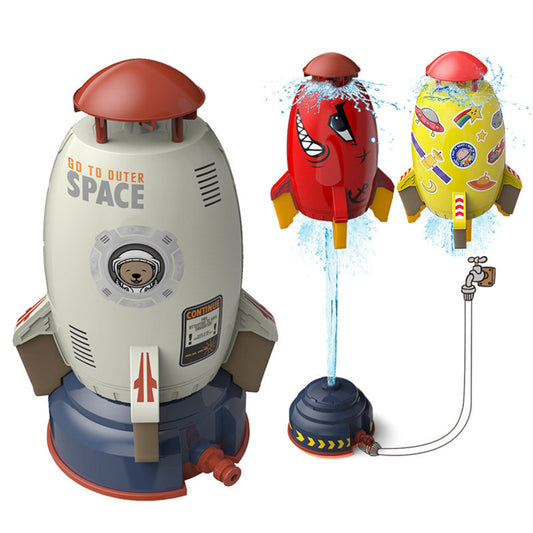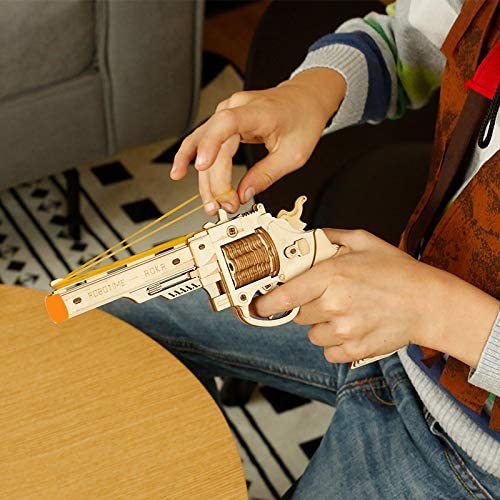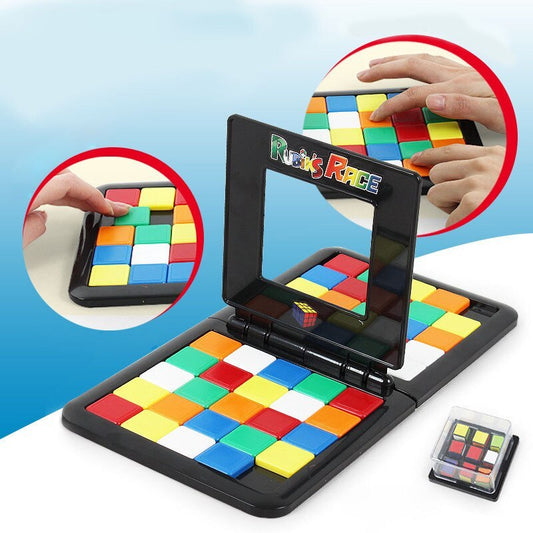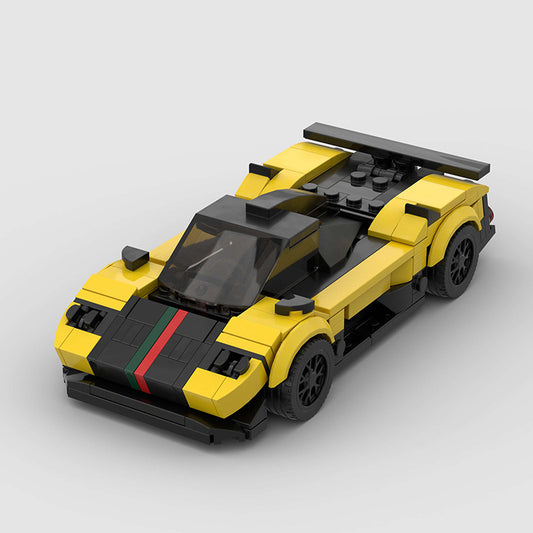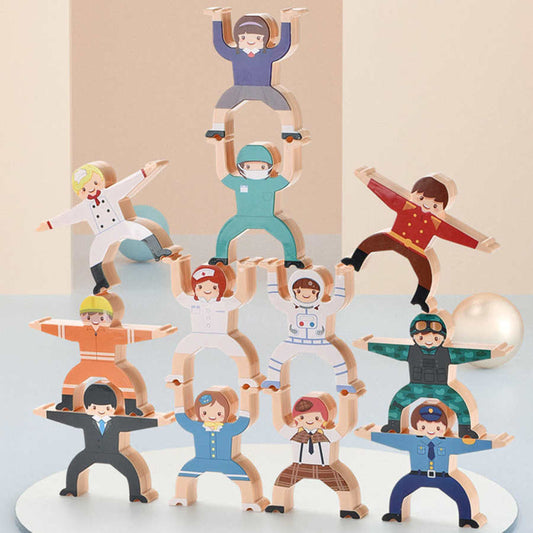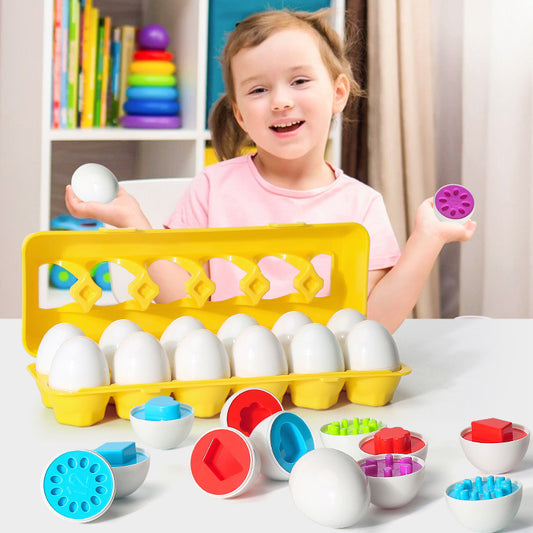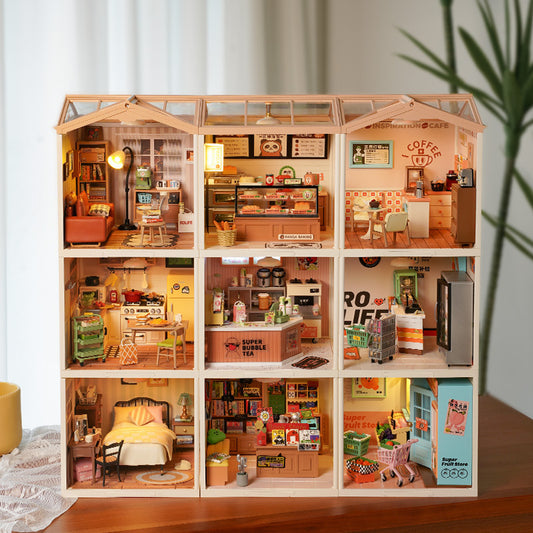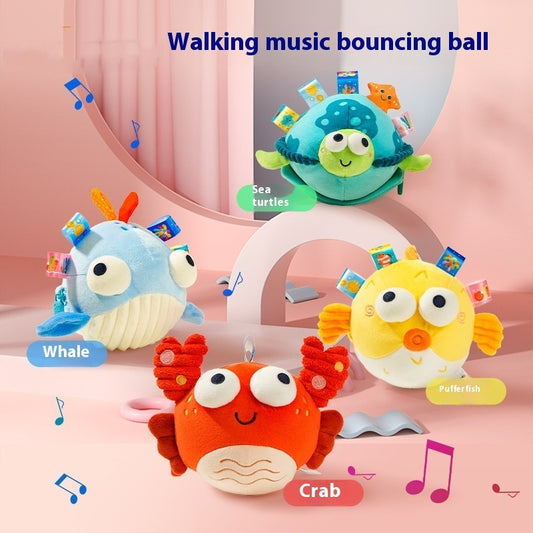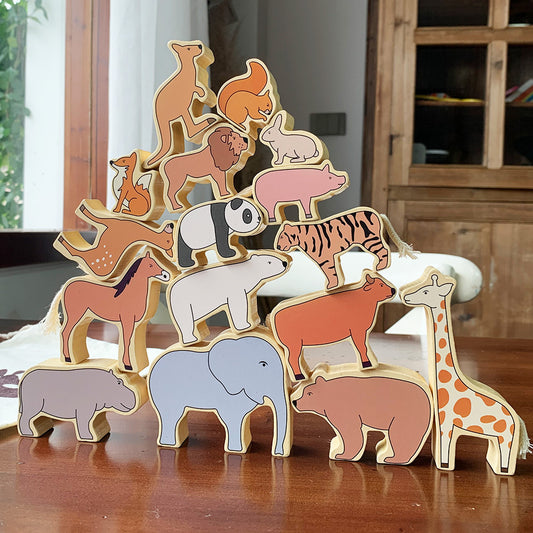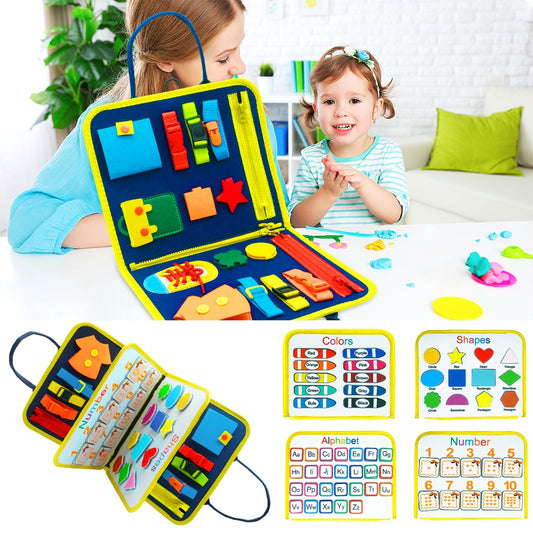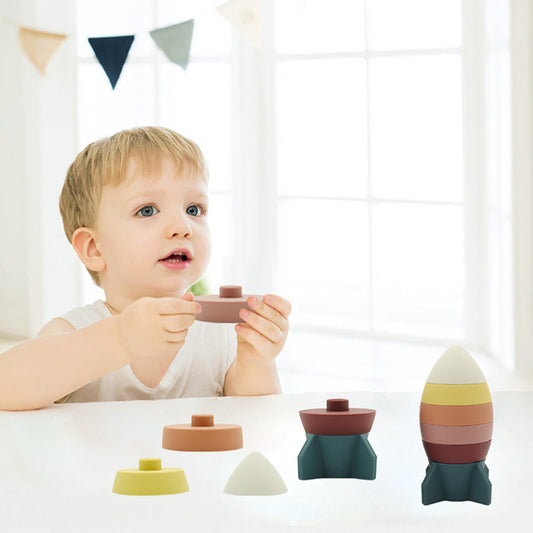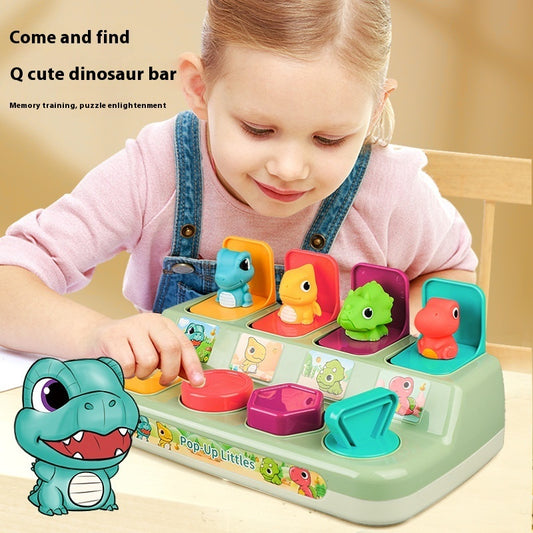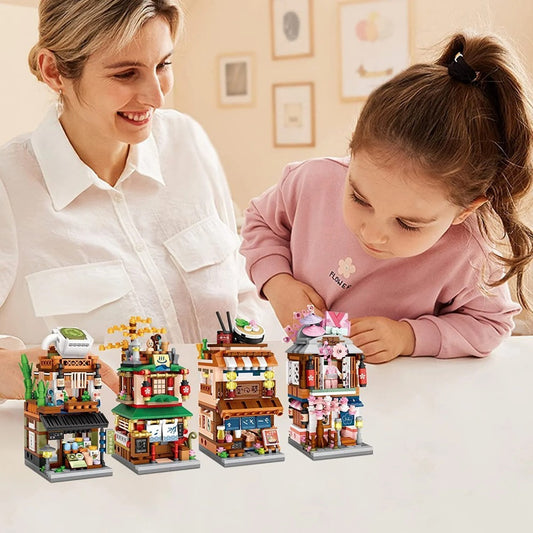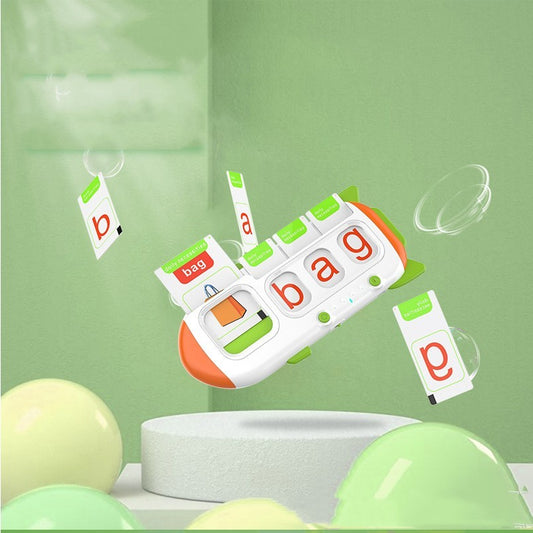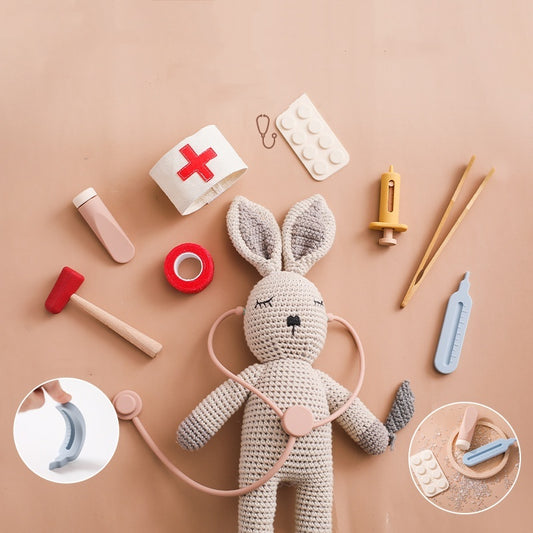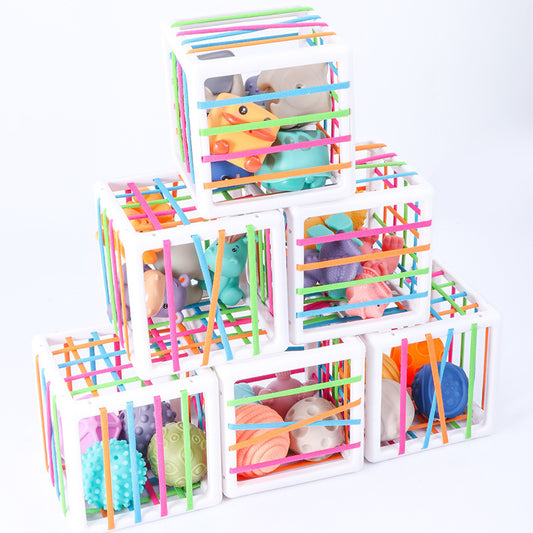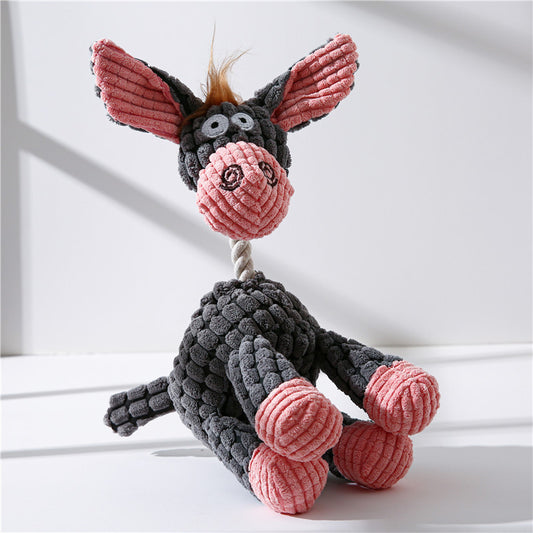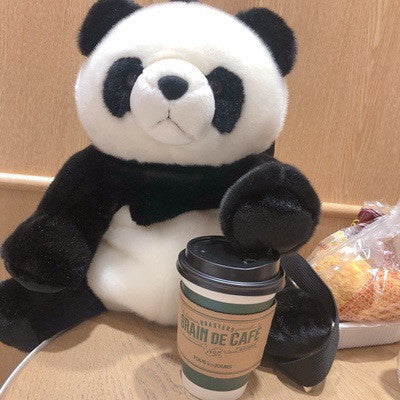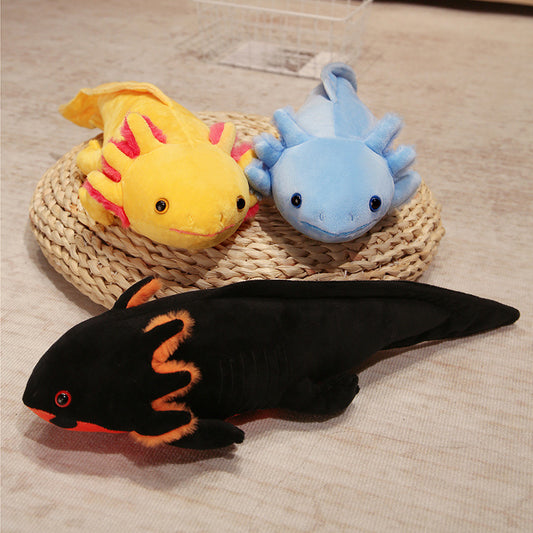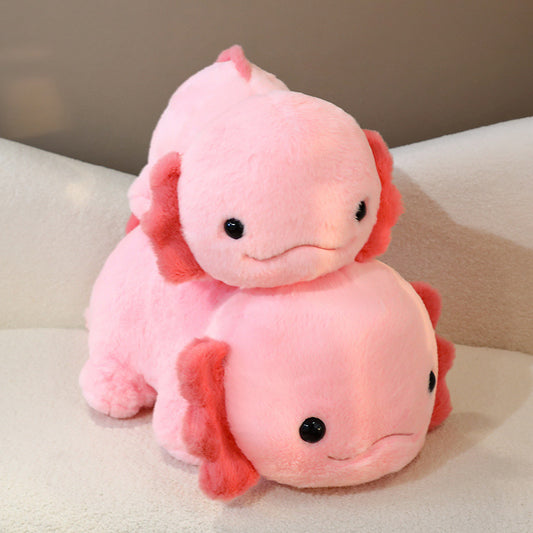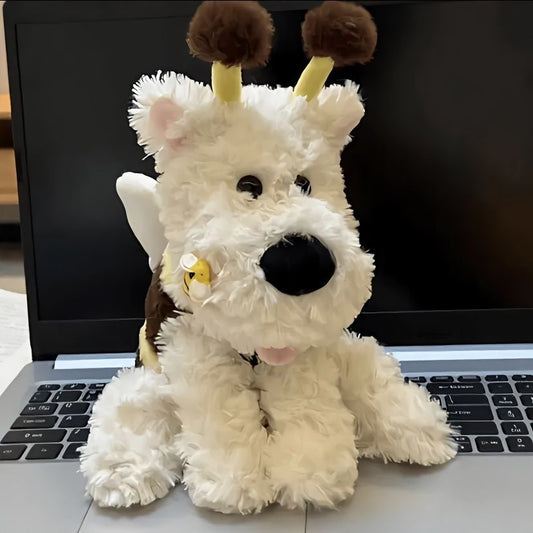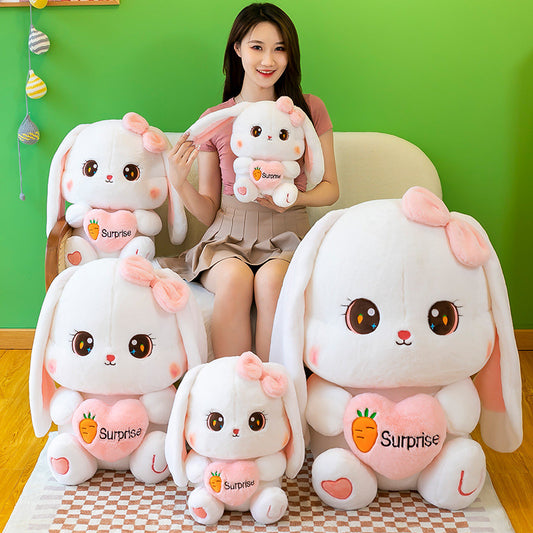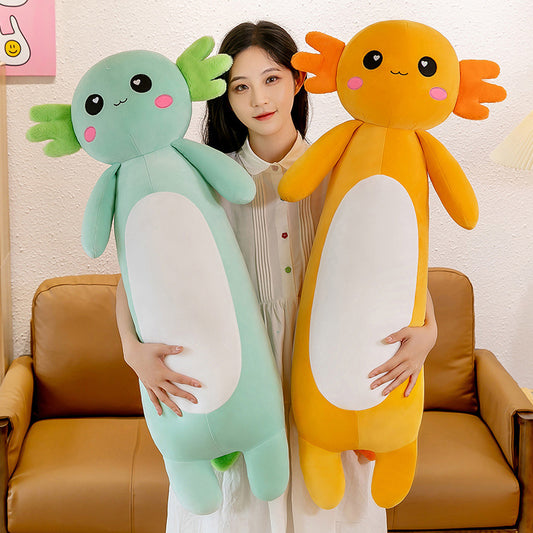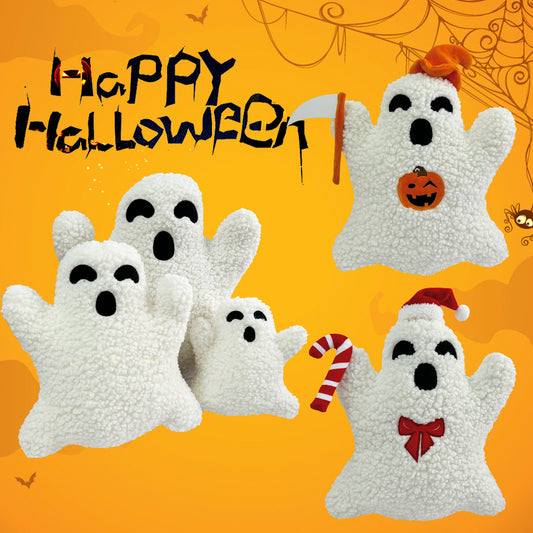
Educational Toys
35PCS Car Toys Building Block Set – Military & Engineering Series
- Regular price
- £80.99 GBP
- Regular price
-
- Sale price
- £80.99 GBP
- Unit price
- / per
Machine Educational Toy – Wooden Kitchen Simulation Set
- Regular price
- £72.99 GBP
- Regular price
-
- Sale price
- £72.99 GBP
- Unit price
- / per
Remote Control Educational Toy – Intelligent Robot for Skill Development
- Regular price
- £49.99 GBP
- Regular price
-
- Sale price
- £49.99 GBP
- Unit price
- / per
Aquarium Educational Toy – Interactive Light & Music Fish Tank
- Regular price
- £44.99 GBP
- Regular price
-
- Sale price
- £44.99 GBP
- Unit price
- / per
3D Pen Educational Toy – Creative 3D Printing Pen for Kids
- Regular price
- £49.99 GBP
- Regular price
-
- Sale price
- £49.99 GBP
- Unit price
- / per
Wooden Ferris Wheel – Educational Toy for Kids
- Regular price
- £52.99 GBP
- Regular price
-
- Sale price
- £52.99 GBP
- Unit price
- / per
156pcs Kids Tool Box – Creative Repair Play Set for Boys & Girls
- Regular price
- £24.99 GBP
- Regular price
-
- Sale price
- £24.99 GBP
- Unit price
- / per
Wooden Rocket Busy Box – Educational Toy for Kids & Babies
- Regular price
- £66.99 GBP
- Regular price
-
- Sale price
- £66.99 GBP
- Unit price
- / per
Rocket Launcher Toys – Outdoor Water Sprinkler Play for Kids
- Regular price
- £31.99 GBP
- Regular price
-
- Sale price
- £31.99 GBP
- Unit price
- / per
Robotime ROKR M870 – Wooden Gun DIY Assembly Kit
- Regular price
- £29.99 GBP
- Regular price
-
- Sale price
- £29.99 GBP
- Unit price
- / per
Rubik's Cube Battle Game – Competitive Puzzle Set
- Regular price
- £28.99 GBP
- Regular price
-
- Sale price
- £28.99 GBP
- Unit price
- / per
Creative 255-Piece Building Block Set for Kids
- Regular price
- £24.99 GBP
- Regular price
-
- Sale price
- £24.99 GBP
- Unit price
- / per
Creative & Safe Block Toys for Kids Large Particle Fun
- Regular price
- £22.99 GBP
- Regular price
-
- Sale price
- £22.99 GBP
- Unit price
- / per
Educational Egg Toy Set for Kids – Shape & Color Matching
- Regular price
- £28.99 GBP
- Regular price
-
- Sale price
- £28.99 GBP
- Unit price
- / per
Miniature House Kit with Lights and Furniture
- Regular price
- £84.99 GBP
- Regular price
-
- Sale price
- £84.99 GBP
- Unit price
- / per
Interactive Jumping Ball Toy – Animal Design for All Ages
- Regular price
- £36.99 GBP
- Regular price
-
- Sale price
- £36.99 GBP
- Unit price
- / per
Fun Zoo Wooden Building Blocks for Kids
- Regular price
- £30.99 GBP
- Regular price
-
- Sale price
- £30.99 GBP
- Unit price
- / per
Learning Toy – Soft Felt Activity Board for Toddlers
- Regular price
- £42.99 GBP
- Regular price
-
- Sale price
- £42.99 GBP
- Unit price
- / per
Space Shuttle Silicone Building Blocks Toy for Kids
- Regular price
- £20.99 GBP
- Regular price
-
- Sale price
- £20.99 GBP
- Unit price
- / per
Peekaboo Toy Educational Fun for Kids
- Regular price
- £39.99 GBP
- Regular price
-
- Sale price
- £39.99 GBP
- Unit price
- / per
Mini Building Blocks Japanese Street View 4-in-1 Set
- Regular price
- £79.99 GBP
- Regular price
-
- Sale price
- £79.99 GBP
- Unit price
- / per
Multifunctional Early Reading Machine for Kids
- Regular price
- £40.99 GBP
- Regular price
-
- Sale price
- £40.99 GBP
- Unit price
- / per
Doctor Toy Wooden Medical Playset for Kids
- Regular price
- £24.99 GBP
- Regular price
-
- Sale price
- £24.99 GBP
- Unit price
- / per
Colorful Puzzle Cube for Infants – Fun Learning Toy
- Regular price
- £39.99 GBP
- Regular price
-
- Sale price
- £39.99 GBP
- Unit price
- / per
Solar System Toy – 3D Wooden Galaxy Educational Puzzle
- Regular price
- £45.99 GBP
- Regular price
-
- Sale price
- £45.99 GBP
- Unit price
- / per
You may also like
Scrunchy, Squeaky, & Plush Toys Built for Lasting Fun
- Regular price
- £12.99 GBP
- Regular price
-
- Sale price
- £12.99 GBP
- Unit price
- / per
Cozy & Cute Plushies with Soft PP Cotton Filling
- Regular price
- £22.99 GBP
- Regular price
-
- Sale price
- £22.99 GBP
- Unit price
- / per
Ultra Soft Dragon Plush – Cute, Colorful, and Cuddly
- Regular price
- £18.99 GBP
- Regular price
-
- Sale price
- £18.99 GBP
- Unit price
- / per
Soft Pink Weighted Stuffed Animal – Plush & Comforting
- Regular price
- £39.99 GBP
- Regular price
-
- Sale price
- £39.99 GBP
- Unit price
- / per
Cute Bee Plush – Musical & Interactive Toy for Infants
- Regular price
- £24.99 GBP
- Regular price
-
- Sale price
- £24.99 GBP
- Unit price
- / per
Cuddly Stuffed Animals – Available in 5 Sizes
- Regular price
- £26.99 GBP
- Regular price
-
- Sale price
- £26.99 GBP
- Unit price
- / per
Cuddly Ragdoll Plush Toy for Kids & Gifts - 70 to 105cm
- Regular price
- £32.99 GBP
- Regular price
-
- Sale price
- £32.99 GBP
- Unit price
- / per
Halloween Ghost Plush Pillow – Spooky & Cute in 3 Sizes
- Regular price
- £14.99 GBP
- Regular price
-
- Sale price
- £14.99 GBP
- Unit price
- / per
- Choosing a selection results in a full page refresh.







